Warning shots or fighter jets – which will Benjamin Netanyahu choose?
Israel is studying options for a retaliatory attack on Iran despite being urged to hold fire. Choices range from malware attacks to missile barrages, some wiser than others.

Israel has been studying options for a retaliatory attack on Iran despite being urged to hold fire by the United States.
According to Israeli media, the war cabinet led by Prime Minister Benjamin Netanyahu has decided it has no choice but to act “clearly and forcefully”.
The aim was to show that Israel “will not allow an attack of that magnitude against it to pass without a reaction”.

The White House is urging restraint, saying the US will not take part in action itself and that it expects the Israeli response to be limited to avoid further escalation.
That would appear to set boundaries on an otherwise broad set of options for Israel, which has repeatedly struck Iranian and Iran-linked targets in recent years, largely in Syria but also in Iran itself.
LIGHT RESPONSES
Targets outside Iran
The easiest military option for Israel would be to attack an Iranian target in Syria or Lebanon, well within range of its drones and fighter jets and with little danger of interception. Israel already has a list of such targets: militia bases where Iranian “advisers” operate in Syria; scientific research bases shared by the Assad regime, Iran and Hezbollah outside Damascus and Aleppo; Hezbollah arms dumps; and brigade leaders in Lebanon.

Such an operation would satisfy US calls for restraint in the way a direct attack on Iran would not. But the fact that Israel has struck similar targets before means Mr Netanyahu would see it as “carrying on as usual” rather than a deterrent.
Cyberattack
In 2010, a piece of malware subsequently named Stuxnet by the anti-virus company Symantec was infiltrated into the computer system that managed the Iranian uranium-enrichment program, sending it haywire. That was believed to be a joint US-Israel operation. Such an operation would likely be regarded by the US – and probably by Iran – as a mild enough response to discourage further Iranian escalation.
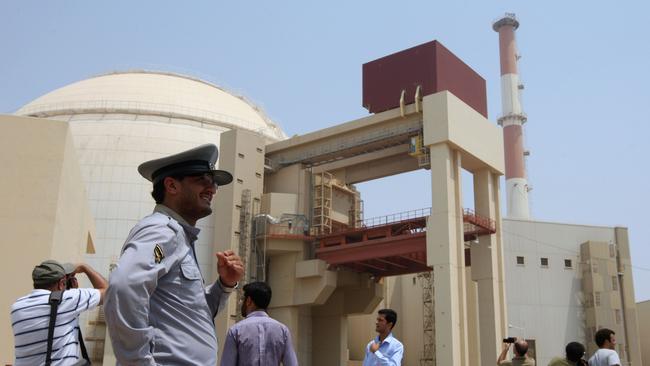
But unless Israel has such a plan already under way, it would take too long to develop and be too uncertain in its effects to be recognised as a specific response to Iran’s highly “kinetic” missile barrage on Saturday.
MODERATE RESPONSES
Assassination
Israel’s most startling successes in its semi-covert war against Iranian “assets” has been its Mossad-run assassination operations. In 2010, agents disguised as tennis players killed Hamas’s main arms procurer, Mahmoud Mabhouh, in a hotel room in Dubai while he was on a stopover.
In November 2020, it used a robot-fired machinegun to kill the Islamic Revolutionary Guard Corps (IRGC) brigadier-general who oversaw Iran’s nuclear weapons program, Mohsen Fakhrizadeh, as he was driven to his country house outside Tehran.
One name mentioned as a possible target this time is Amir Ali Hajizadeh, the head of the IRGC aerospace forces, who was presented with a bouquet of flowers on Tuesday by Hossein Amir Abdollahian, the foreign minister, for overseeing Saturday’s attacks.
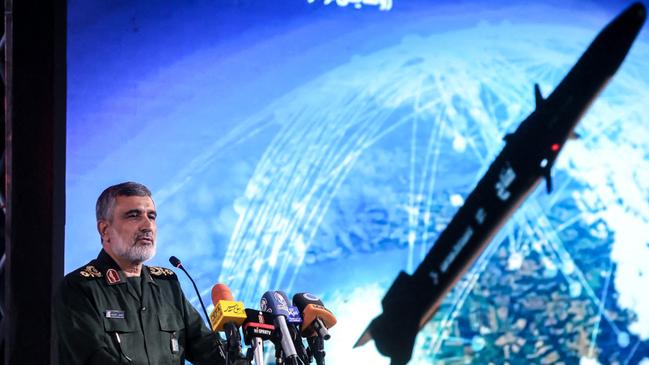
A high-profile assassination of this sort would be the most difficult option to organise quickly. Senior Iranian military officials are probably well aware they have targets on their heads and are lying low, mindful of the stunning accuracy of Israel’s US-supplied drone-fired missiles such as the Hellfire “Ninja” R9X. However, it might be a realistic possibility for a “delayed response”.
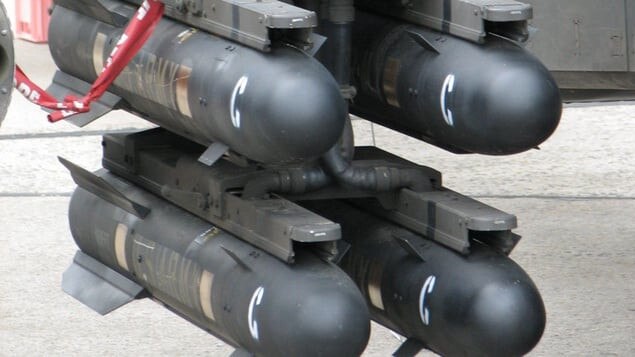
Proxy militia leaders
Similar arguments could be made in favour of an attempt to “take out” senior figures associated with Iran in Iraq, Syria, Lebanon or Yemen. Israel has waged war on proxy militias like Hezbollah but focused on targets such as missile-launchers and storage facilities or mid-level commanders, such as Ismail Yosef Baz, the southern regional commander it said it had struck in southern Lebanon on Tuesday. It has avoided striking Iraq and Yemen for fear of “spreading” the covert war.
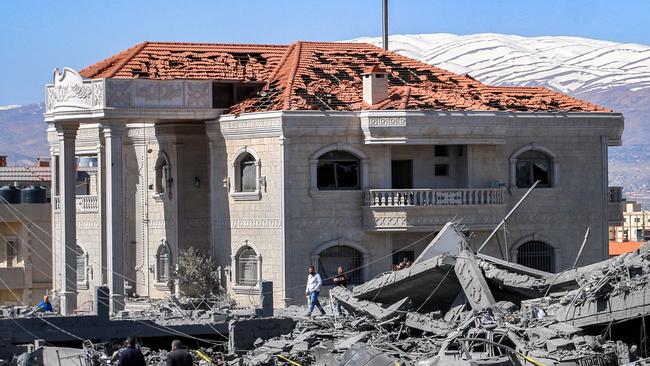
But then president Donald Trump set a precedent when he ordered the drone strike that killed General Qasem Soleimani, head of the IRGC’s overseas arm, the al-Quds Force, along with the leading Iran-backed militia leader in Iraq, Abu Mahdi al-Mohandis, outside Baghdad airport in January 2020.
That was part of a tit-for-tat exchange of rocket attacks on US bases and retaliatory US bombings, so Israel might say the US could hardly complain if it did something similar. Again, finding a target quickly enough and with sufficient chance of success may be problematic.
HEAVY RESPONSES
Iranian military target
A serious attack on a major Iranian military target – a naval base, say, or a large missile silo, would be easily within Israel’s capabilities. It would also be proportionate to the one successful strike managed on Saturday, the missiles that got through the air defences put up by Israel and its allies and struck the Nevatim air base in the Negev Desert.
However, there would be some logistical challenges – to reach Iran, Israel’s F35 fighter-bombers might have to “take the long way round” if Jordan and Saudi Arabia did not grant overflight rights.
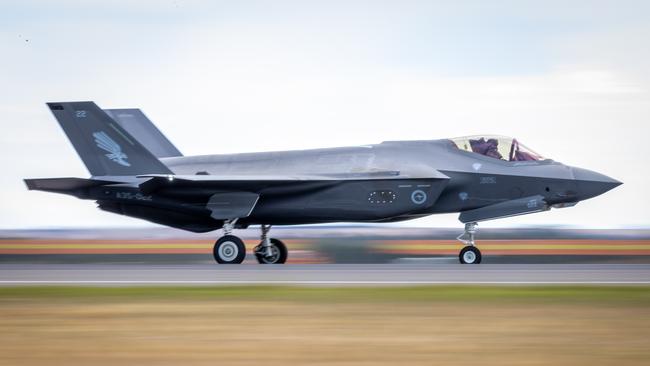
Military analysts say Israel has an intermediate-range missile, the Jericho-3, with a reach of up to 6400km, which it could also use. But such a strike would also run the risk of further escalation by Iran, which the US and probably Israel do not want. The longer its armed forces and their bosses are focused on targets in Iran, the longer their attention is turned away from completing their mission in Gaza.
Iran’s nuclear program
Mr Netanyahu has been itching for years to strike and destroy Iran’s nuclear sites, particularly its uranium-enrichment plants at Fordow and Natanz. His only problem is that the US will not do it for him, and has urged him not to do it himself, even if the Israeli air force has the capacity, which is uncertain.
This might be his excuse to try. It would potentially change the game in the Middle East, putting an abrupt end if it worked to Iran’s seemingly inevitable rise to become the nuclear power of the region.
But it would also be the highest-risk operation Israel has conducted since it embarked on the Six-Day War in 1967, and Mr Netanyahu is generally a cautious political leader. The risks are twofold – first, that the program’s underground and mountainside bunkers are strong enough to resist Israeli bombs, which would be humiliating, and second, that Iran would decide it had to engage in all-out war with Israel to rescue its reputation as a rising power.
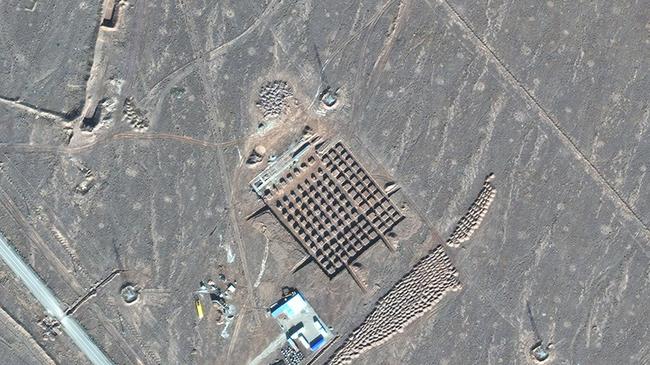
Israel could do what it is believed to have done before, and stage a limited sabotage or strike operation at Natanz, the less secure of the two sites, which was damaged twice in 2020 and 2021, with explosive devices laid by Israeli operatives believed to be responsible. Time would be a factor again and might not be regarded by Israel’s leadership as a specific enough deterrent.
The Times



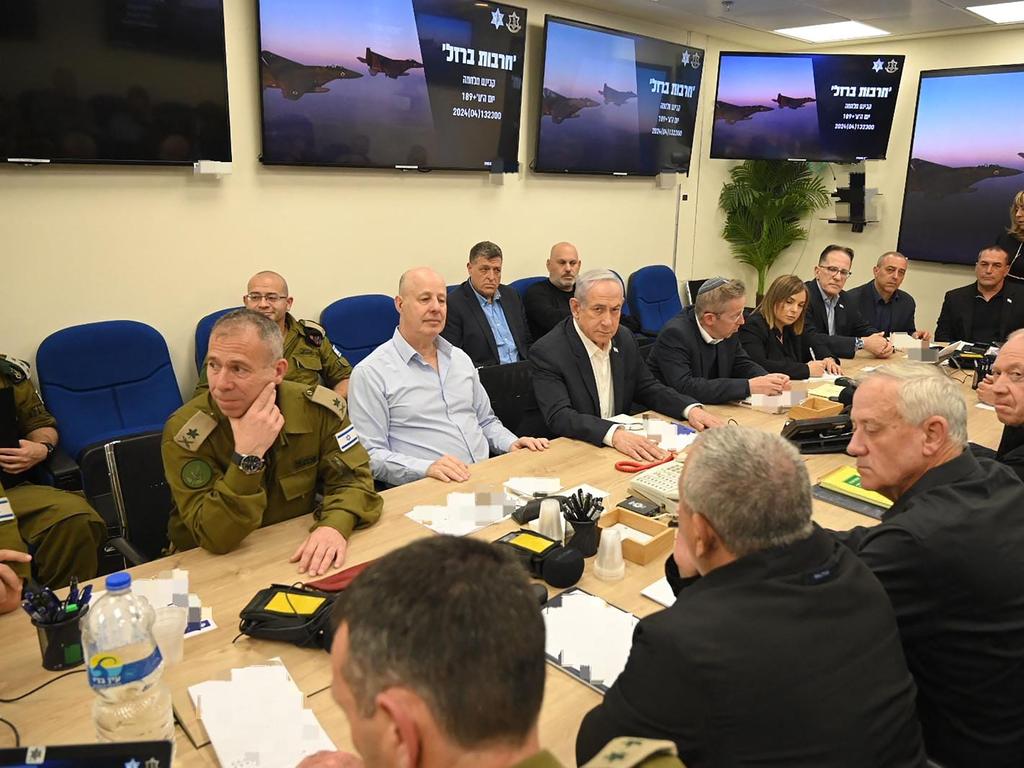


To join the conversation, please log in. Don't have an account? Register
Join the conversation, you are commenting as Logout